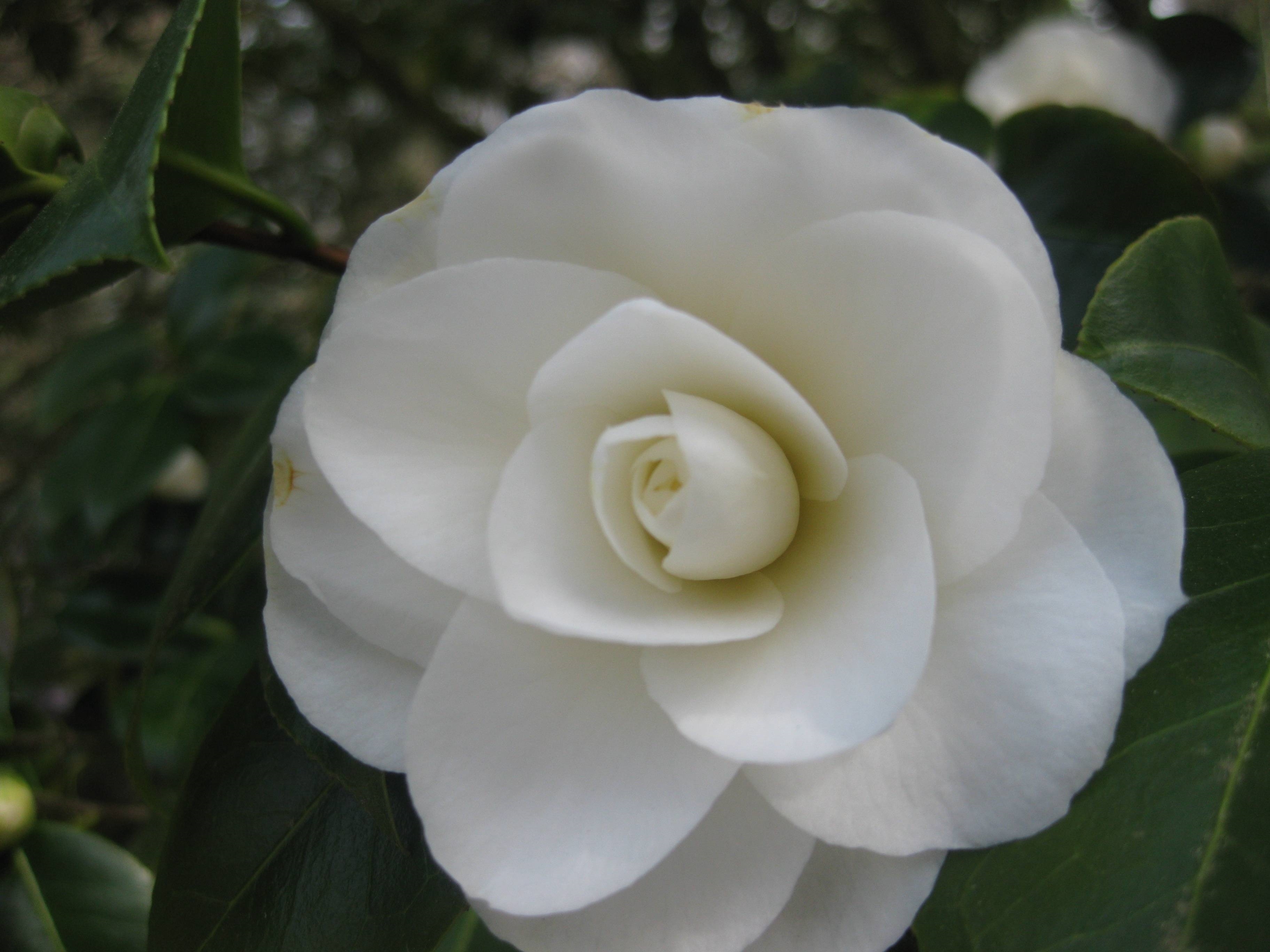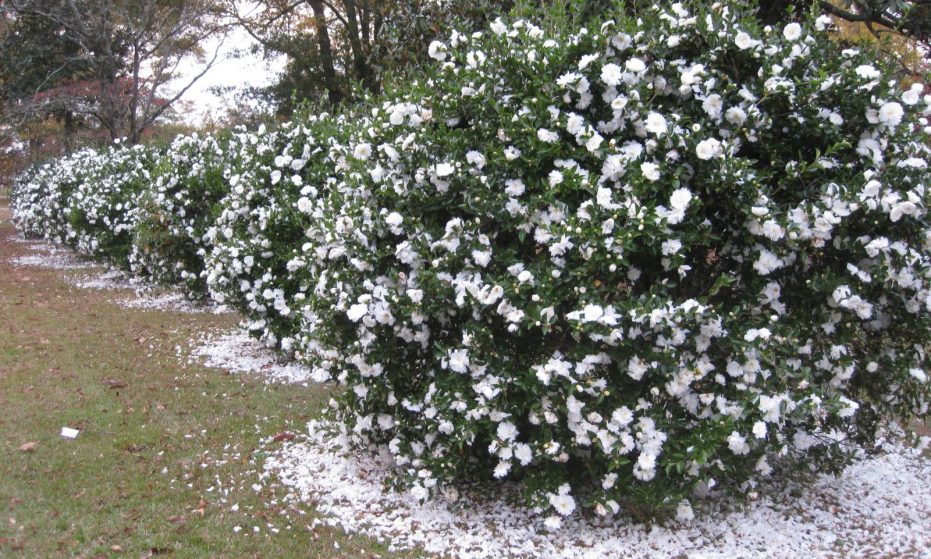White Camellia White Camellia, Trees, Plants, Flowers, Bonito, Tree

17 Best images about Camellias on Pinterest The plant, Flower and New
Known as the Japanese Camellia, Camellia Japonica is actually native to both Japan and China. With many wonderful varieties, they are equally at home in the part shaded garden border or as a feature plant. They make a great hedge plant and Camellia Japonica are easy to care for. With a medium rate of growth they will eventually reach 3-5m.

cajunmama“ Camellia japonica (by myumyu)” Gardenias, Amazing Flowers
These differences in TPC are due to the high dependence of these compounds on the maturity, seasonality, and geographic and climatic factors. As a result, C. japonica young leaves contain higher TPC (74.62 mg/100 g DW) than flower buds and flowers (65.02 mg/100 g DW and 62.42 mg/100 g DW, respectively) [ 90 ].

ongoing photo by Tim Bray · White Flowers Flowers, Camellia flower
Leaves and flower Scott Ackerman CC BY 2.0 'Magic City' at NHC Arboretum in Wilmington, NC skdavidson CC BY-SA 2.5 NC Cooperative Extension and NHC Arboretum 'Grace Albritton' at NHC Arboretum in Wilmington, NC skdavidson CC BY-SA 2.5 NC Cooperative Extension and NHC Arboretum Whole Plant Acabashi CC BY-SA 4.0 Whole Plant Leonora_Enking CC-BY-SA 2.0 Forest and Kim Starr CC BY 4.0 Flower Jim.

Le migliori camelie Piante in Giardino Le migliori camelie da
America's Premier Garden Source . Shop Native Plants and Shrubs. Save Today. Save on Unique, Native Shrubs and Trees. Top-Quality, Low-maintenance Beauty.

Camellia Japonica White Japanese Camellia 10 Seeds Amazon.co.uk
Camellia japonica plants prefer relatively warm temperatures and moderate humidity in Zones 6 to 10. Although Camellia japonica shrubs can tolerate temperatures as low as 10ºF (-12ºC), they must be protected from cold winds. Try to provide temperatures between 60 and 90ºF and humidity levels between 50 and 60%.

Camellias Camellia plant, White camellia, White gardens
Camellia japonica, known as common camellia, or Japanese camellia, is a species of Camellia, a flowering plant genus in the family Theaceae. There are thousands of cultivars of C. japonica in cultivation, with many colors and forms of flowers. Despite its common name, it is native to China, not Japan. The cultivation of Camellia japonica also started in China.

Camelia japonica bianca Camelia bianca valeriaconti136 Flickr
Informazioni generali sulla camelia bianca. Appartenente al famiglia delle Teacheae, la camelia bianca del genere japonica è un piccolo arbusto, quasi sempre particolarmente rustico, originario del continente asiatico, in particolare di Cina e Giappone. Questa camelia bianca è in grado di raggiungere la ragguardevole altezza di 15 metri.

Setsugekka Camellia Plant catalogs, White flowers, Flowers
The Japanese name tsubaki (ツバキ or 藪椿) is thought to derive either from the word Atsu-ba-ki (厚葉木), which means "thick-leaf tree," or Tsuya-ba-ki (艶葉木), which translates to "glossy-leaf tree." In Japan, it is found in a wide range of habitats, from coastal to mountainous regions, in addition to places where it is cultivated as an ornamental tree or for agricultural purposes.

White Formal Camellia aka Camellia jap. 'Nuccio's Gem' Live Plant Fit 5
Common camellia, also known as 'Japanese Camellia', is a species of flowering shrub in the Theaceae plant family. It is native to China, southern Korea and Japan, where it is known to grow in the wild in forests, specifically at altitudes between around 300-1100m. 1. Although they are usually seen as smaller shrubs in gardens, in the wild.

Camellia japonica Nobilissima Sumptuous White Flowering Evergreen
Large rose-like flowers are produced in abundance on this glossy evergreen shrub in spring. Plant Fact File: Pot Size: 3.5 litres Main flower colour: White Height now: 60cm Spread now: 30-40cm Mature height: 1m+ Mature spread: 1m+ Season of interest: All year Foliage type: Evergreen Fragrant: No Growth rate: Medium, slow Hardiness: Hardy Aspect: Sun, partial shade Soil pH: Acid Soil type.

Image result for white camellia tree Camelias, Primavera, Arboles
Camelia Biancais an evergreen shrub with dark green glossy leaves and large white flowers in spring. They require acid soil so they should be planted with ericaceous soil and fed with ericaceous plant food from March-October. Camelias grow best in shade, although they can have some sun later in the day. If they are planted in a position where they get the early morning sun they won't.

Camellia japonica ‘April Snow’ Kiefer Nursery Trees, Shrubs, Perennials
Propagation Techniques for the Common Camellia. Seed: can be sown as soon as it is ripe in a greenhouse. Stored seed should be pre-soaked for 24 hours in warm water and the hard covering around the micropyle should be filed down to leave a thin covering. It usually germinates in 1 - 3 months at 23°c.

Camelia bianca Piante da giardino Camelia color bianco
How to grow Cultivation. Under glass grow in loam-based potting compost in full light and shade from hot sun and with moderate humidity. Water freely and apply a balanced liquid fertiliser monthly from spring to autumn and keep just moist in winter.

'White By The Gate' Camellia japonica Blossom garden, Colorful garden
Camellia Japonica plants are somehow cold-hardy in temperatures that drop to 10 °F (-12 °C), but not for long periods. When it comes to indoor plants, it is suggested you grow them in temperatures that range from 45 to 61 °F (7-16 °C). Also, they cannot tolerate temperatures above 64 °F (18 °C) for too long.

White Camellia White Camellia, Trees, Plants, Flowers, Bonito, Tree
The Japanese Camellia is an evergreen shrub with an upright, spreading growth habit. It typically grows to a height of 2-5 meters and a width of 1.5-3 meters. The leaves are glossy and dark green, providing year-round interest. The flowers are the real show-stoppers. They're large, colourful, and bloom from late winter to early spring.

Camellia japonica White Masterpiece 1.5 Gallon Plant Etsy
Camellias are large, attractive, broad-leaved, evergreen shrubs that are highly prized for their flowers, which bloom from winter to spring. There are more than 2,300 named cultivars registered with the American Camellia Society.